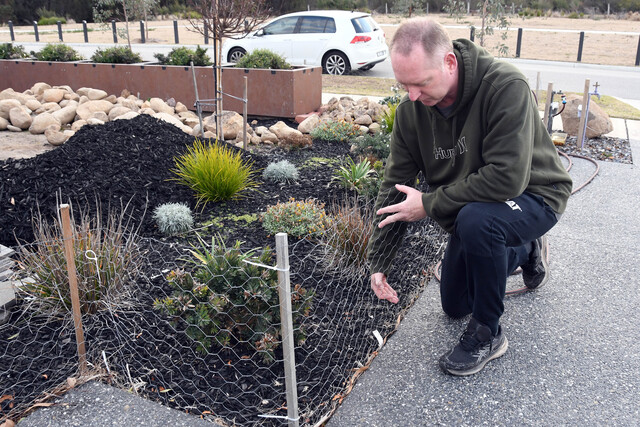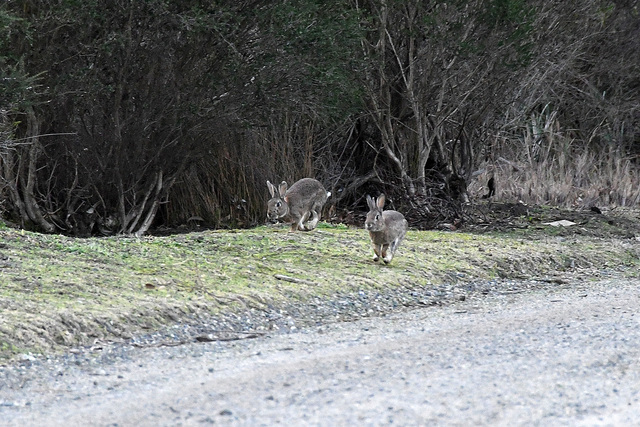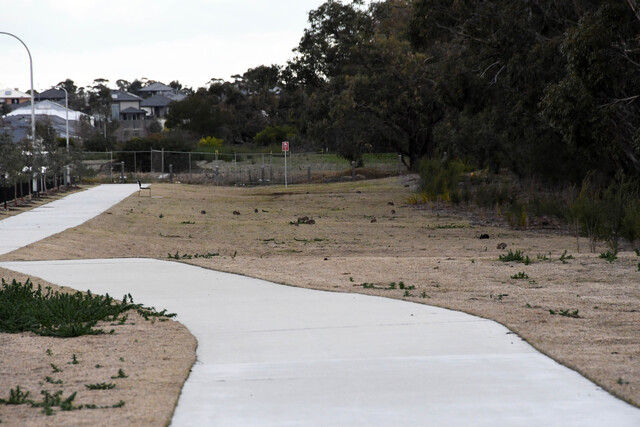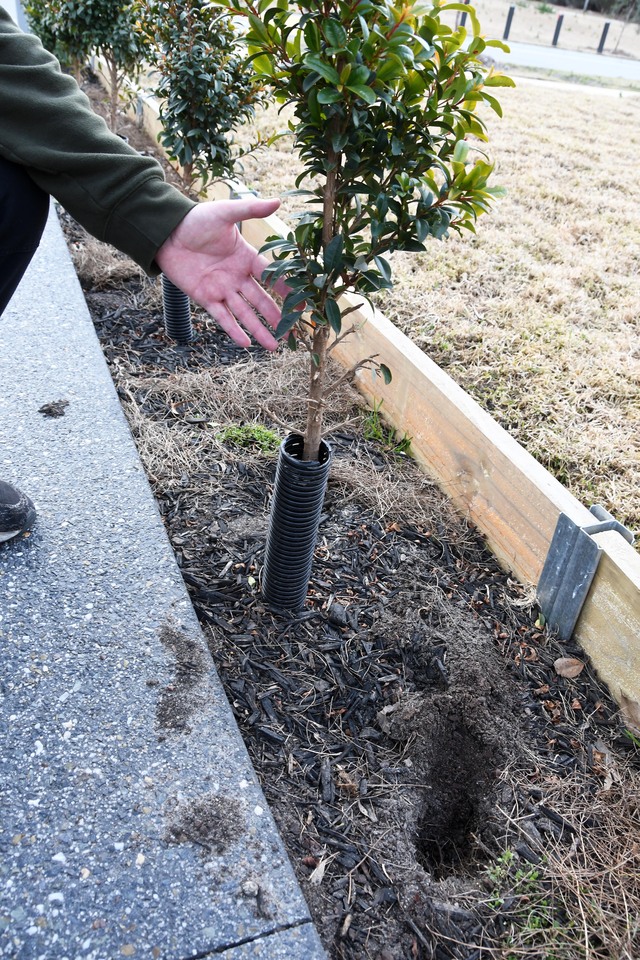Junction Village residents are waging a battle against a furry foe, as rabbits wreak havoc on their front-yard gardens.
Rabbit plague is nothing new for the greenfield in Casey South, with Star News reporting the area’s ongoing struggles with garden-destroying flocks last year.
A Botanic Ridge local told Star News last year that with all the development and subdivision in the area, rabbits were being forced out of their natural habitat.
“All that area that the rabbits were quite happy in is not available to them. They just go roaming around everywhere,” he said.
Marc Noyce, a Junction Village resident, said he had spent over thousands of dollars replacing plants in his front yard.
Walking towards Marc’s garden, the little fences surrounding it could show his determined efforts to keep the rabbits from devouring his plants. On closer look, many sections of the fences were tilted, as said by Marc, evidence of the rabbits’ persistent attempts to push their way through to the plants. Many times, the fences just snapped, and Marc had to fork out some sum to replace them.
“It’s amazing what they can do and how high they can reach. It’s quite incredible. They’re up on their high legs there,” he said.
“I even did trials at the front of foul-smelling onion-type plants. They ate those two. They are native strappy plants that rabbits are not meant to eat. They just eat them down until they’re not there.
“The thing with rabbits is they’re very habitual. So once one finds something that tastes good, they will keep going back to that same spot until it’s not there anymore.”
Before last week, Octave, the estate where Marc’s house is located, had a policy that front fencing was not allowed, which, according to Marc, made it impossible to have a front garden.
“Luckily, they’re actually starting to work with us,” Marc said.
Chris Ravat, Jinding National Development Director, Communities, said Jinding could confirm they had updated their design guidelines for their Octave community in
direct response to resident feedback regarding rabbit activity in the area.
“When the original guidelines were developed, challenges with rabbits were not foreseen,” he said.
“However, we understand the impact they can have on gardens and landscaping and have listened closely to residents’ concerns about damage to property.
“The revised guidelines will permit fencing that will help residents protect their gardens from the animals.”
Marc said the change of the policy is welcomed, but it still doesn’t get rid of the issue of these rabbits, who are just coming in hordes.
Rabbits mostly come from across the road from the direction of Cranbourne Royal Botanic Gardens. At dawn, rabbits flood out in waves, hopping across the streets and into gardens.
“They’re generally everywhere. There are hundreds and hundreds of them across there. They live on the verge of the Botanic Garden. They live in burrows just on the outside of that road (outside the Garden),” Marc said.
“Rabbit droppings everywhere.
“They are digging up the native plants and going for the roots. That’s what they’re after as well, displacing habitat for the bandicoots that are here. That’s a real issue.”
Marc said some relevant lands where rabbits were abundant in the estate hadn’t been handed over to the Case Council yet, and he hoped that when the handover was completed, the Council could start their rabbit control program there.










